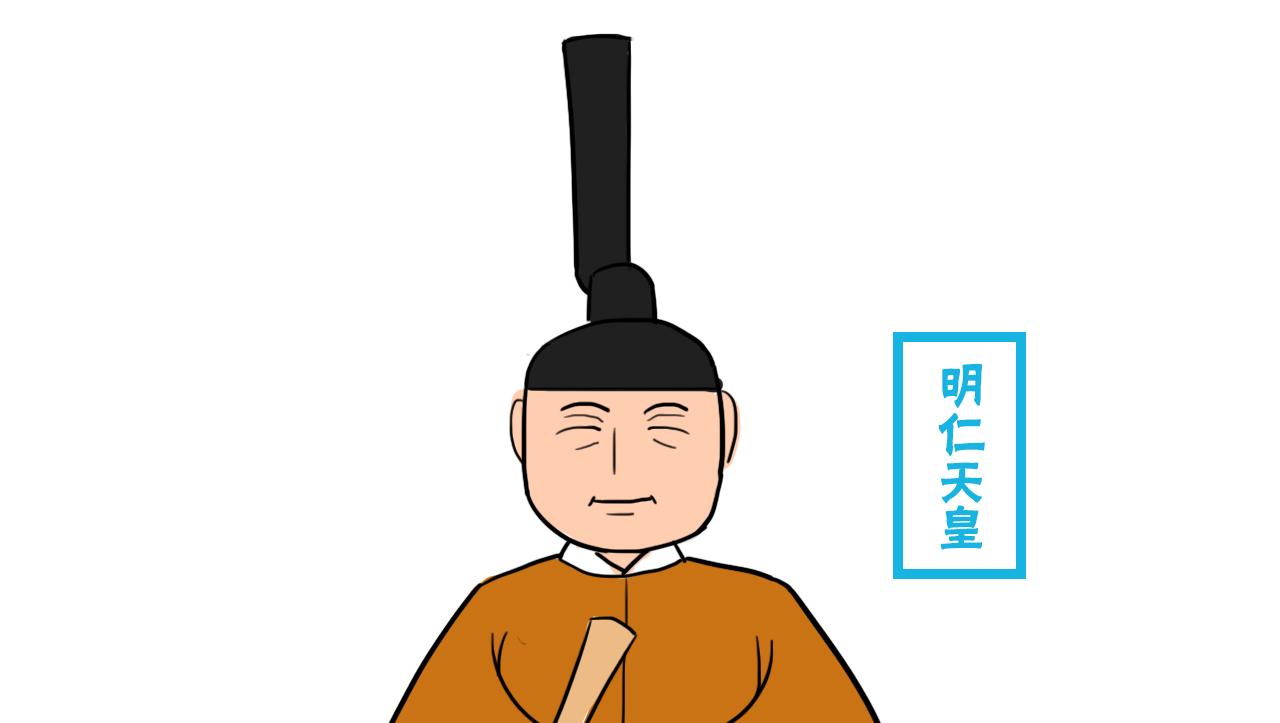Just a few days ago, Emperor Akihito of Japan announced his abdication and passed the throne to Crown Prince Naruhito, and Japan also transitioned from the "Heisei" era to the "Reiwa" era. This is a very significant event for the Japanese people. For the abdicated emperor, this matter is also extraordinary. Although the Japanese emperor did not hold power as in the past, he was still the spiritual leader of the Japanese people after all, so the abdication ceremony was also quite cumbersome. Among them, the most important thing when the Japanese emperor abdicated was to worship one person first, and then hand over the three major artifacts.

The abdication ceremony of the Japanese emperor lasted for ten days, the first of which was to go to the god Amaterasu to worship and inform the god Amaterasu that he was abdicating. After worshipping Amaterasu, the Japanese Emperor also went to their ancestor Emperor Shinmu to pray. Legend has it that Emperor Shenmu was the founder of the Yamato regime and the first emperor of Japan. However, due to the fact that the era is too old and the Japanese history books are not well documented, the origin of Emperor Shenmu is quite mysterious.
Most Japanese scholars believe that Emperor Shenwu was most likely Xu Fu, the alchemist who crossed japan during the Qin Dynasty. Xu Fu tricked Qin Shi Huang into saying that he was looking for the elixir of immortality in the sea, so qin shi huang built a big ship for him, prepared rich materials, and asked for 3,000 boys and girls. While Qin Shi Huang waited for Xu Fu day after day on the shore, Xu Fu never returned. Many scholars have researched that Xu Fu probably came to Japan that year, and then led 3,000 boys, girls and boys to establish the country. In order to avoid being discovered by the Qin Dynasty, he did not teach these people cultural knowledge, but passed on some common sense of life and agricultural techniques. The Japanese natives had a relatively backward way of life at that time, and Xu Fu brought a relatively advanced civilization, so he respected other masters.
The three major artifacts to be handed over by the Japanese Emperor when he abdicated were: the Kusanagi Sword, the Yachimi Mirror, and the Yasaka Qiongqu Jade. In Japanese legend, these three artifacts were left behind by the god Amaterasu and are treasures passed down from generation to generation by the Japanese emperor. However, according to some experts, the style, texture and workmanship of these three things are likely to be products of the Qin Dynasty in China. Some netizens speculated that Xu Fu studied from Ghost Guzi, and Ghost Guzi is known for being good at Qi Men DunJia, and these three things may be sent by Ghost Guzi when Xu Fu was a teacher. Of course, this is only speculation, and no solid evidence has been found. However, these three artifacts of the Japanese emperor are equivalent to China's heirloom jade seals, which are extremely heavy. Only when the heir possesses these three artifacts can he truly become the emperor.